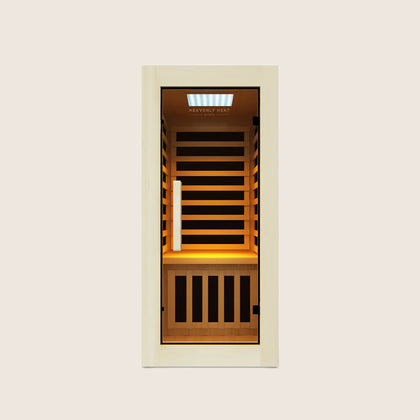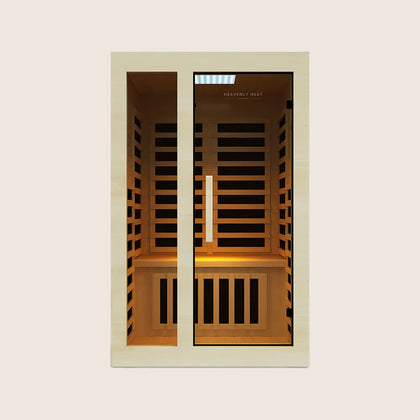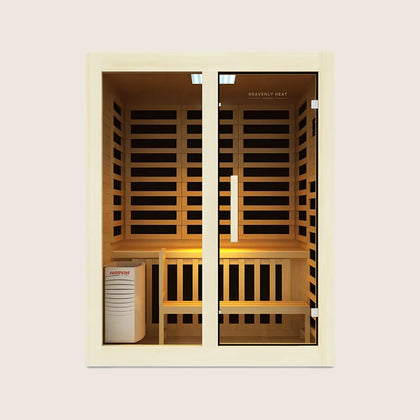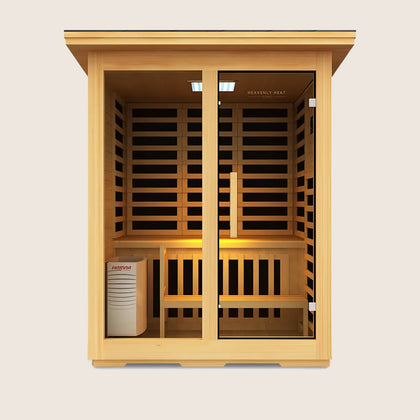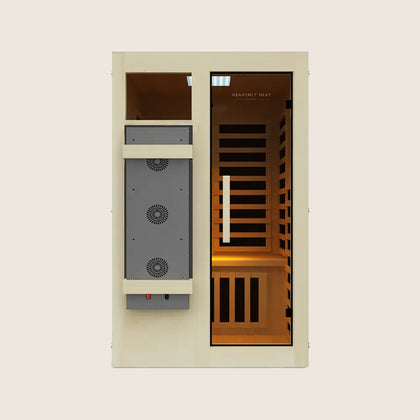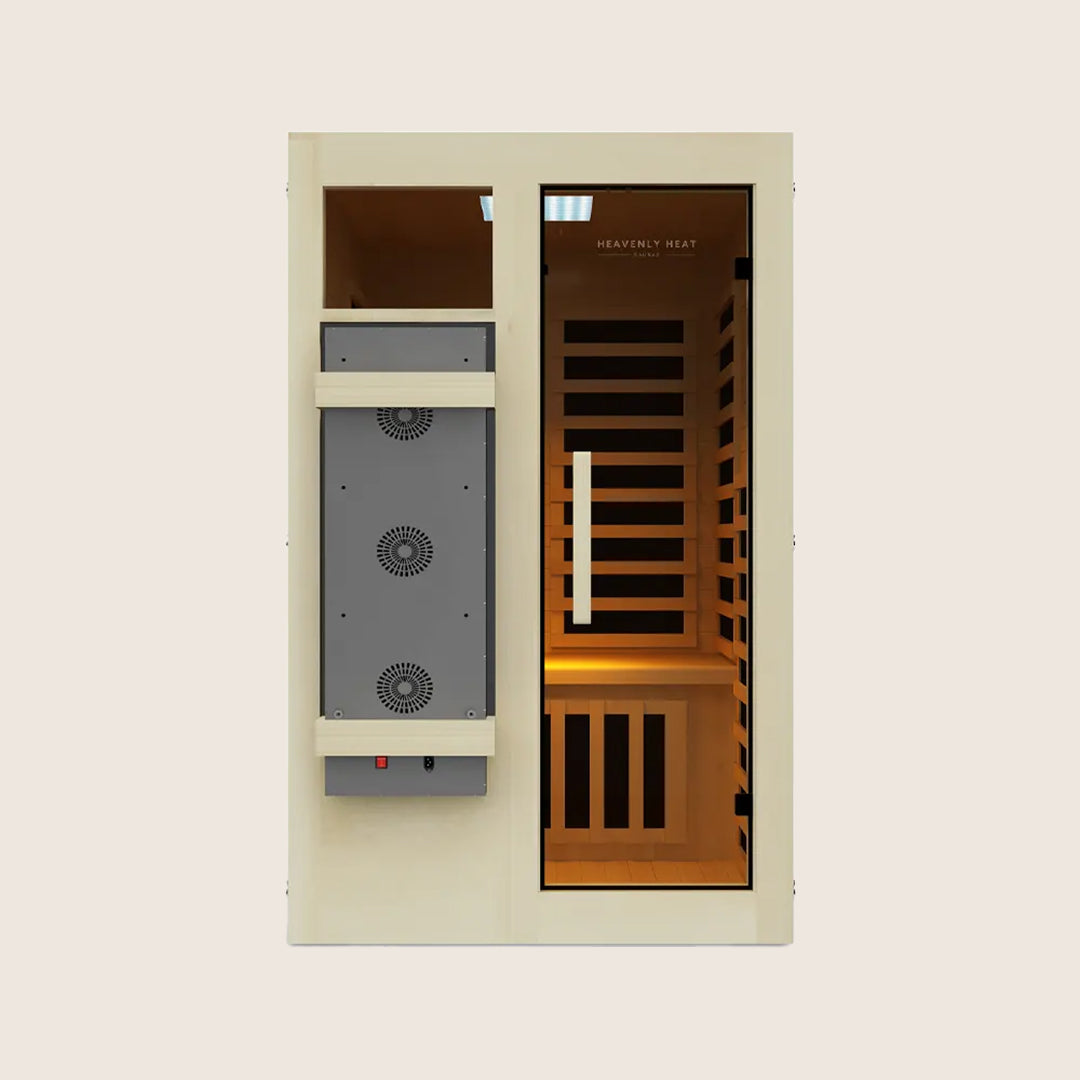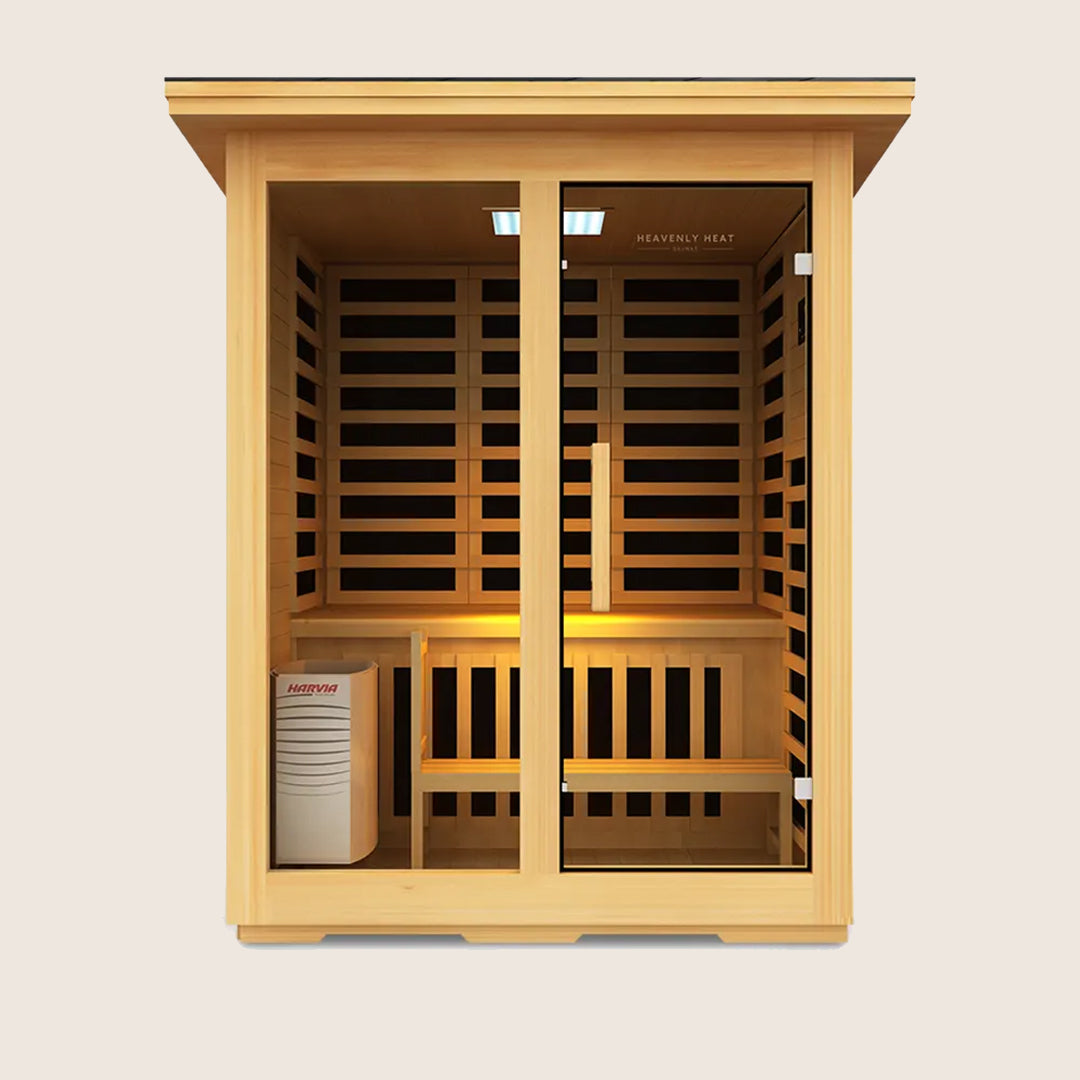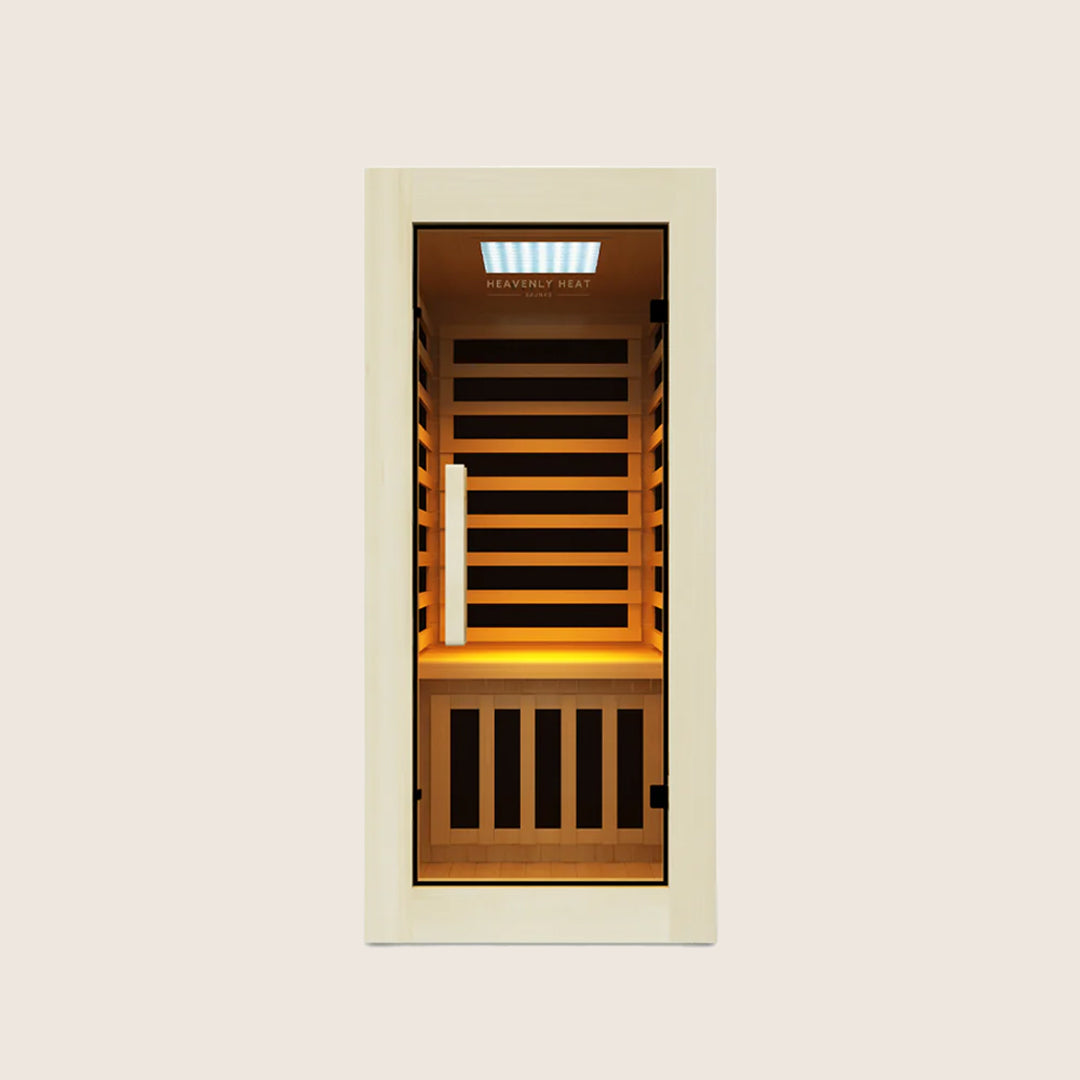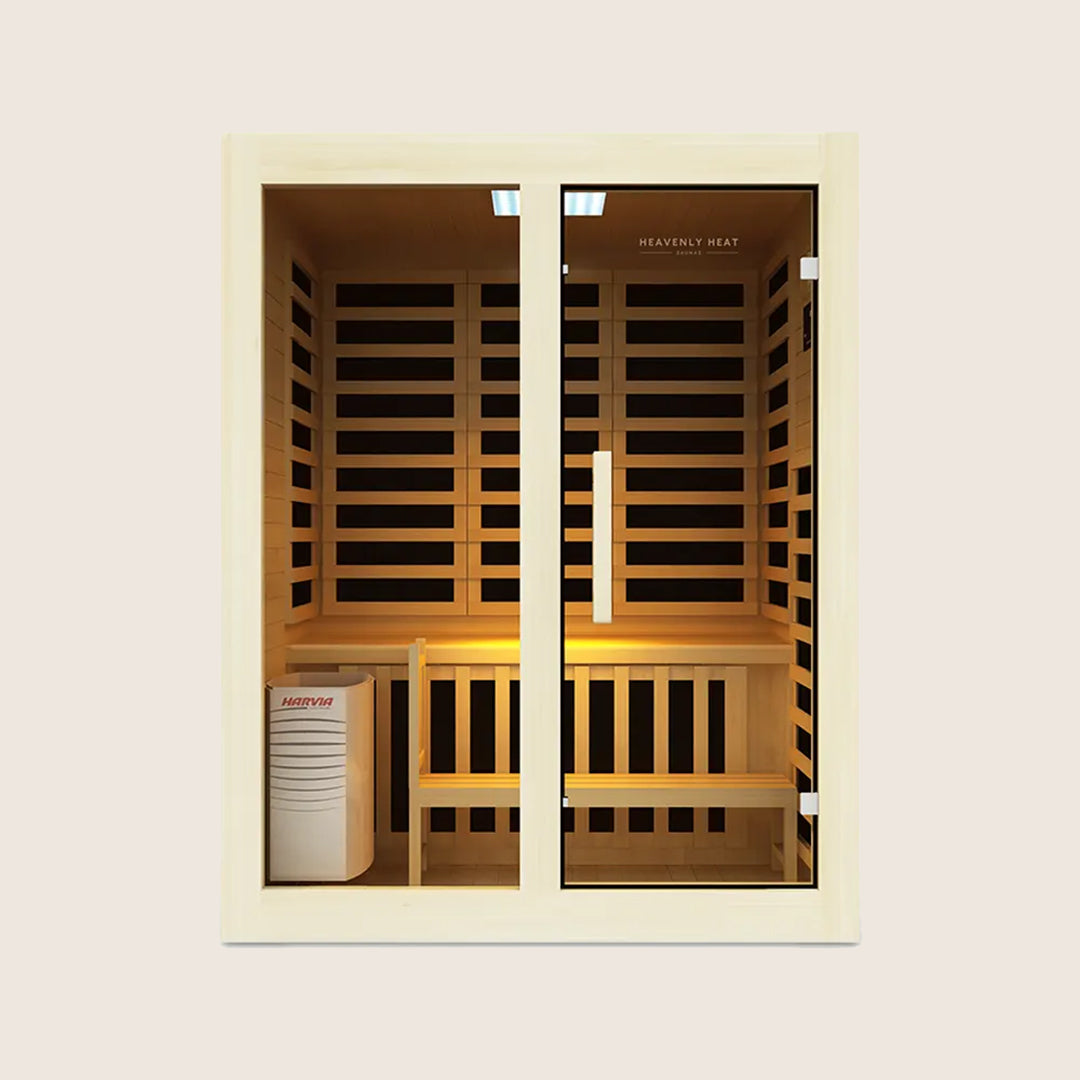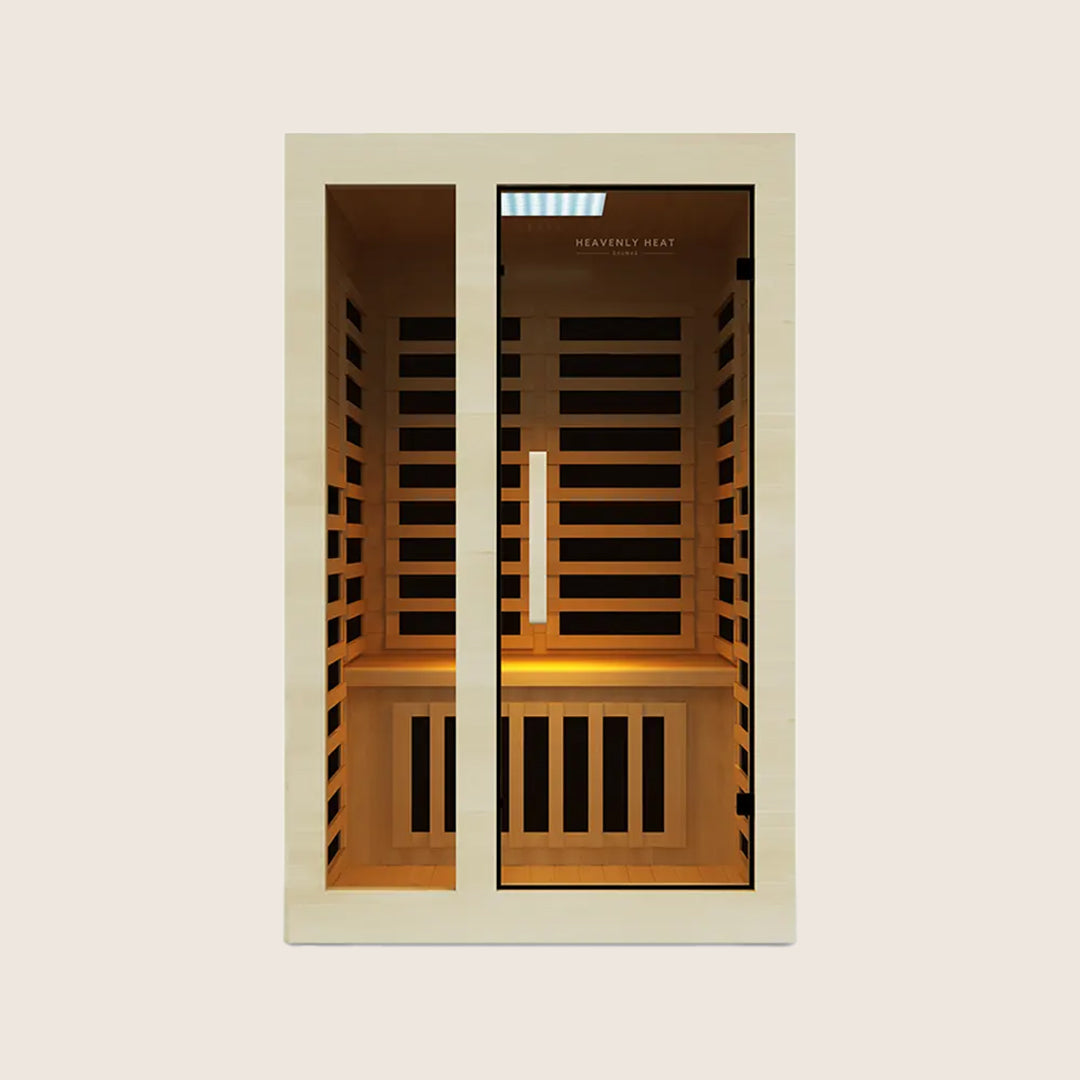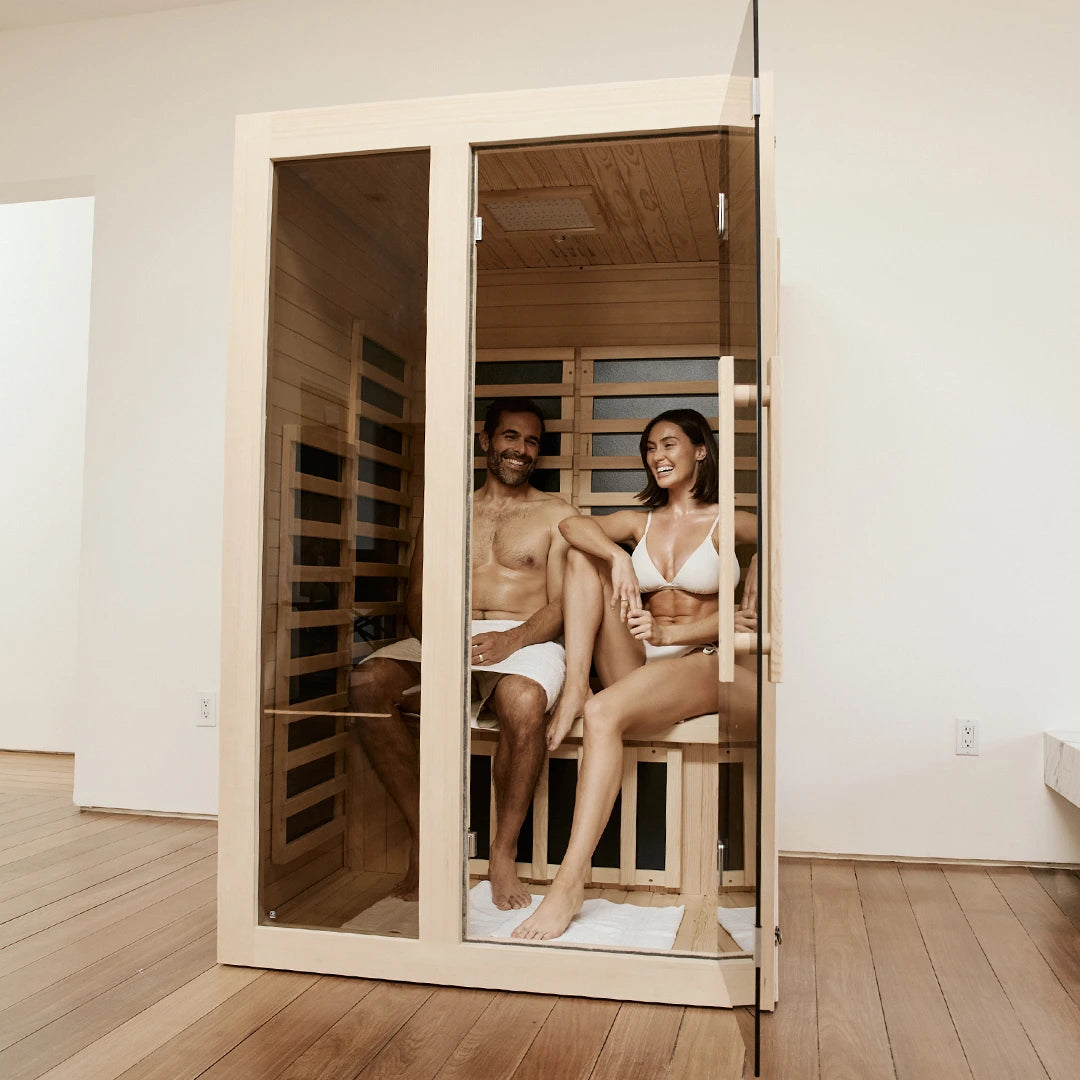Does a Hot Tub Help You Lose Weight or Is It a Myth?

Fatigue, sleepless nights, irritability, and even constant cold hands, losing weight isn’t always the victory it seems.
When unexplained, it can signal deeper health issues, leaving you drained and frustrated. Ignoring these warning signs may worsen your well-being and make weight management even harder. But could something as relaxing as a hot tub actually help? Let’s uncover the truth.
Key Takeaways
Soaking in a hot tub gently boosts your metabolism and burns a small number of calories, supporting weight management alongside other healthy habits.
Hot tubs help reduce stress and lower cortisol levels, making it easier to control appetite and stick to healthy eating routines.
Regular hot tub sessions can improve sleep quality, aiding hormone balance and supporting your body’s natural weight regulation.
Warm water and jets enhance circulation and muscle recovery, helping you stay active and maintain a healthy metabolism.
Hot tubs complement exercise and mindfulness practices, offering relaxation, recovery, and subtle cardiovascular benefits without replacing workouts.
Can a Hot Tub Help You Lose Weight?
Soaking in a hot tub can support weight management but won’t replace exercise. Warm water gently boosts metabolism, burns around 100–140 calories per 30 minutes, improves circulation, aids muscle recovery, reduces stress and cortisol, and enhances sleep, all of which help regulate appetite and energy.
Combined with exercise, healthy eating, and mindfulness, hot tubs offer a relaxing, supportive tool for overall weight control.

Ways hot tub help with weight loss
Boosts Metabolism
Sitting in a hot tub raises your body temperature, which gently increases heart rate and circulation.
This mild heat stress can help your metabolism work a bit harder, even while resting. While it won’t replace a workout, the combination of warm water and increased blood flow can burn some calories.
Alternating between hot tubs and cold showers may further stimulate circulation, slightly boosting fat metabolism.
Overall, regular hot tub use supports metabolic activity, helps your body process energy efficiently, and adds a small but meaningful calorie-burning effect alongside other healthy habits.
Reduces Stress and Cortisol Levels
Hot tubs offer a calm, soothing environment that naturally lowers stress levels. Less stress means lower cortisol, the hormone linked to weight gain and belly fat.
Reduced cortisol also helps control appetite and curb cravings, making it easier to stick to healthy eating habits.
Regular hot tub use can gradually improve mental well-being, helping you feel calmer and more focused.
By giving your body and mind a break from tension, hot tubs indirectly support weight management while promoting a sense of relaxation that makes healthy lifestyle choices more sustainable over time.

Improves Sleep Quality
Soaking in a hot tub before bed can help you fall asleep faster and sleep more deeply. Warm water relaxes muscles, eases tension, and signals your body to produce melatonin, the hormone that regulates sleep.
Better sleep supports hormone balance, including those that influence hunger and metabolism.
Nightly hot tub sessions can improve sleep patterns, reduce nighttime cravings, and help your body recover from daily stress.
Even small improvements in sleep quality can make it easier to maintain healthy habits, keep energy levels high, and support your weight loss goals naturally.
Enhances Circulation
Hot tubs improve blood flow by expanding blood vessels and warming tissues. Better circulation helps deliver oxygen and nutrients to muscles and organs, supporting overall metabolism.
With improved blood flow, your body can burn calories more efficiently, helping fat metabolism.
People with poor circulation can benefit too, as warm water stimulates blood movement and reduces stiffness.
Increased circulation also aids recovery after workouts, meaning your muscles heal faster and perform better.
By supporting both metabolic activity and nutrient delivery, hot tub therapy plays a subtle but meaningful role in helping your body manage weight.
Supports Muscle Recovery
Hot tubs soothe tired muscles after exercise by boosting blood flow and reducing inflammation. Warm water helps flush out lactic acid and delivers oxygen to tissues, easing soreness.
Jets provide targeted massage, which can relieve tension and speed recovery. Faster recovery allows for more frequent or intense workouts, indirectly supporting calorie burn and weight management.
Hot tub sessions also reduce post-exercise discomfort, making it easier to stay active. Overall, using a hot tub after exercise improves muscle function, decreases soreness, and helps your body bounce back more quickly, creating better conditions for maintaining a healthy weight.
Promotes Relaxation and Mindfulness
Spending time in a hot tub encourages relaxation and mindful awareness. Warm water calms the nervous system, lowers stress, and can help reduce cortisol levels.
This mental reset can prevent emotional eating and sugar cravings, supporting healthier choices.
Mindful relaxation also allows you to notice hunger cues more clearly, rather than eating out of stress.
By combining physical comfort with mental calm, hot tub therapy creates an environment that encourages both body and mind to function optimally, making it easier to stick to habits that contribute to weight control and overall well-being.
Complements Exercise Routines
Hot tubs complement exercise by speeding up post-workout recovery and reducing muscle soreness.
Warm water increases blood circulation, delivering nutrients to muscles and aiding repair. The heat relaxes tight muscles and slightly boosts metabolism, helping the body burn energy after exercise.
Hot tubs also support cardiovascular training by improving circulation and helping maintain a steady heart rate, allowing you to stay consistent with your workouts.
Combining Hot Tub Use with a Healthy Lifestyle
Soaking in a hot tub is more than just a moment of relaxation, it can be a meaningful part of a healthy lifestyle.
Findings published in Heliyon reveal that people who regularly enjoy spa or hot tub bathing often report better mental health and higher life satisfaction.
This suggests that the practice may help ease stress and nurture a more positive outlook. Physically, the warmth of the water boosts circulation through vasodilation, allowing more oxygen and nutrients to reach tired muscles.
As a result, recovery speeds up, fatigue lessens, and flexibility improves. The benefits don’t stop there, sleep may also get a boost.
Research featured in Sleep Health showed that those who used hot tubs enjoyed higher sleep efficiency, fewer wakeups during the night, and a reduced likelihood of reporting poor sleep quality.
Wellness experts add that combining hot tub sessions with regular exercise, balanced nutrition, and mindfulness practices can enhance relaxation, speed recovery, and support long-term well-being, making hot tub use a valuable habit for both body and mind.
Who Should Avoid Hot Tubs?
Hot tubs may feel soothing after a long day, but they’re not risk-free for everyone. Research published in the Canadian Medical Association Journal found that while hot tub use lowered blood pressure in both healthy individuals and those with hypertension, it also increased heart rate, which could pose concerns if someone’s condition isn’t well controlled.
Health experts also warn pregnant women to steer clear, since the heat can raise core body temperature to dangerous levels; in early pregnancy, this has been tied to a higher chance of birth defects.
Dermatologists further caution that people with open wounds, skin infections, or conditions like eczema should avoid hot tubs, as the combination of warm water and chemicals can worsen irritation or even cause new infections.
FAQs
How long should you soak in a hot tub to lose weight?
To support weight loss, soak in a hot tub for 20–30 minutes several times a week at around 104°F. This boosts metabolism, burns calories, reduces stress, and improves sleep. Stay hydrated, take breaks, and combine with a healthy diet and exercise for safe, effective results.
Can soaking in a hot tub replace aerobic exercise?
Soaking in a hot tub may feel like pure relaxation, but many people wonder if it can truly take the place of a workout. Experts note that while hot tubs can’t fully replace aerobic exercise, they do share some surprising similarities. For instance, much like during moderate activity, your heart rate increases, circulation improves, and blood vessels widen, changes that often lead to lower blood pressure. Researchers have also discovered that passive heat exposure, such as sitting in warm water, raises levels of nitric oxide, a molecule that relaxes and dilates blood vessels, which supports vascular health in ways comparable to exercise. When it comes to calories, though, the impact is smaller. A 30-minute soak typically burns about 100 to 130 calories, similar to a hot bath, but significantly less than what you’d burn in a half-hour of aerobic activity. Overall, health studies suggest that hot tubs offer meaningful cardiovascular benefits and stress relief, but they work best as a complement to, not a substitute for, regular exercise.
How many calories can you burn in a hot tub?
Relaxing in a hot tub might seem like the opposite of exercise, but your body is actually working harder than you realize. Research shows that sitting in hot water at around 104°F for 30 minutes can burn roughly 140 calories, the same as a casual 30-minute walk. Health experts note that the warm water increases your heart rate, boosts circulation, and even helps reduce blood pressure and inflammation, giving you gentle exercise-like benefits without lifting a finger. Some studies also point out that time in a hot tub slightly raises your metabolism, which explains why you burn calories while simply soaking. Water temperature can influence the total calories burned, though the effect is usually minimal. While hot tubs won’t replace regular workouts or cause dramatic weight loss, they offer a surprisingly effective way to relax, recharge, and sneak in a little extra calorie burn at the same time.
Can hot tubs help reduce belly fat or water weight?
Hot tubs don’t directly burn fat, but their heat boosts metabolism, reduces stress, improves sleep, and eases inflammation. Exercising in water increases calorie burn, while warmth and jets reduce fluid retention, minimizing cellulite. Combined with diet and regular exercise, hot tubs support overall weight management.
Is daily hot tub use safe for weight loss?
Daily hot tub use can support weight loss by boosting metabolism, burning calories, reducing stress, and improving sleep, but it’s supplemental, not primary. Limit sessions to 15–30 minutes, stay hydrated, use jets for resistance, maintain cleanliness, and consult a doctor if you have health conditions.


